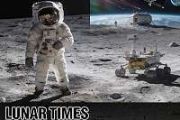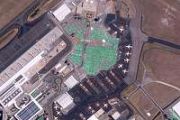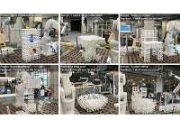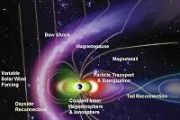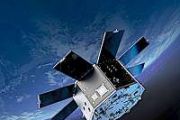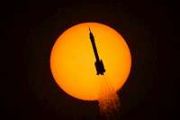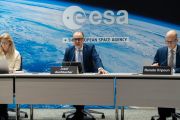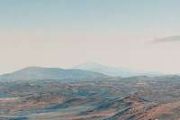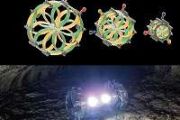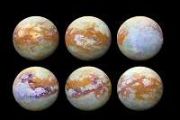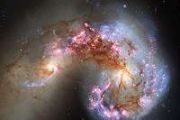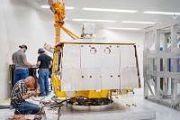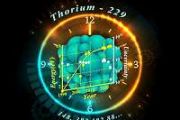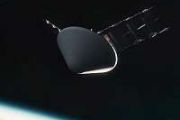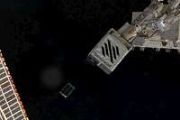
Copernical Team
Millions of galaxies emerge in new simulated images from Roman Space Telescope
 Scientists have created a gargantuan synthetic survey that shows what we can expect from the Nancy Grace Roman Space Telescope's future observations. Though it represents just a small chunk of the real future survey, this simulated version contains a staggering number of galaxies - 33 million of them, along with 200,000 foreground stars in our home galaxy.
The simulation will help scientis
Scientists have created a gargantuan synthetic survey that shows what we can expect from the Nancy Grace Roman Space Telescope's future observations. Though it represents just a small chunk of the real future survey, this simulated version contains a staggering number of galaxies - 33 million of them, along with 200,000 foreground stars in our home galaxy.
The simulation will help scientis Landmark quantum breakthrough paves way to unravel deepest mysteries of universe
 One of the first practical applications of the much-hyped but little-used quantum computing technology is now within reach, thanks to a unique approach that sidesteps the major problem of scaling up such prototypes.
The invention, by a University of Bristol physicist, who gave it the name 'counterportation', provides the first-ever practical blueprint for creating in the lab a wormhole tha
One of the first practical applications of the much-hyped but little-used quantum computing technology is now within reach, thanks to a unique approach that sidesteps the major problem of scaling up such prototypes.
The invention, by a University of Bristol physicist, who gave it the name 'counterportation', provides the first-ever practical blueprint for creating in the lab a wormhole tha Why understanding human evolution on Earth will be absolutely essential for any future deep-space colonies
Europe’s Mars exploration
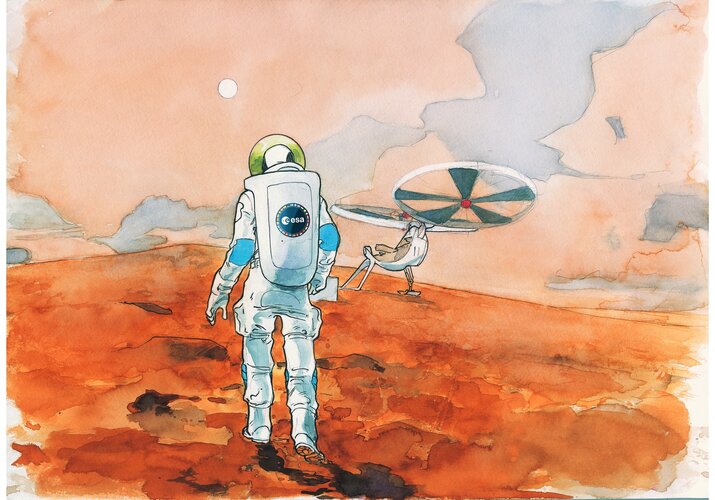
The Red Planet has always been on the horizon for space exploration.
ExoMars: Back on track for the Red Planet
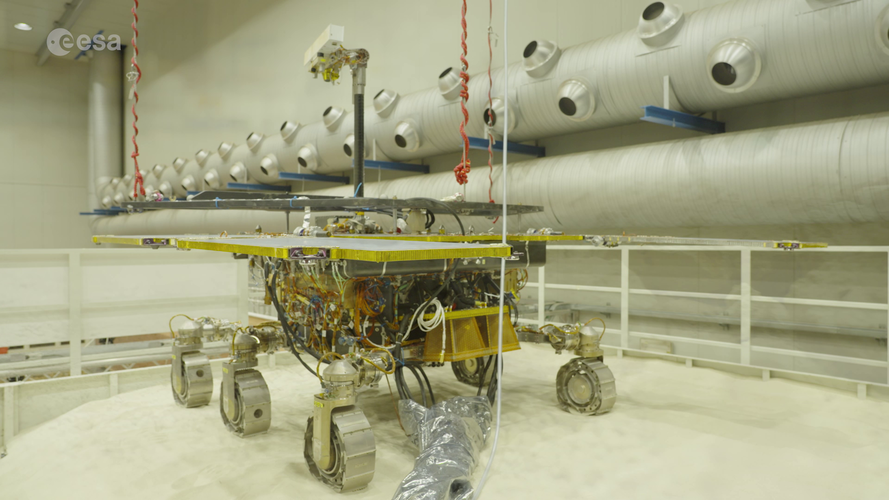 Video:
00:13:54
Video:
00:13:54
A year has passed since the launch of the ESA’s Rosalind Franklin rover mission was put on hold, but the work has not stopped for the ExoMars teams in Europe.
In this programme, the ESA Web TV crew travel back to Turin, Italy to talk to the teams and watch as new tests are being conducted with the rover’s Earth twin Amalia while the real rover remains carefully stored in an ultra-clean room.
The 15-minute special programme gives an update on what happened since the mission was cancelled in 2022 because of the Russian invasion of Ukraine, the plan
New Boost! call for commercial space transportation services is open

European private sector companies developing commercial space transportation services are invited to submit proposals to ESA for co-funding and access to the space agency’s expertise and facilities. This new Boost! programme call for proposals is open through 2025, and follows a successful initial round that closed at the end of 2022.
Don't Dream and Drive: Sols 3764-3765
 What a contrast! When I look to my right, snow is accumulating on my window (yes, I am under the roof, if you are wondering) and in front of me are pictures of a beautiful red landscape! I am sure you have seen this beautiful mosaic, and we are still very close to that area. Such a stunning view!
And now my brain wonders if there ever was snow falling, dancing, quietly, covering it all in
What a contrast! When I look to my right, snow is accumulating on my window (yes, I am under the roof, if you are wondering) and in front of me are pictures of a beautiful red landscape! I am sure you have seen this beautiful mosaic, and we are still very close to that area. Such a stunning view!
And now my brain wonders if there ever was snow falling, dancing, quietly, covering it all in #SocialSpace: Apply to join Juice launch at ESA mission control - CLOSED
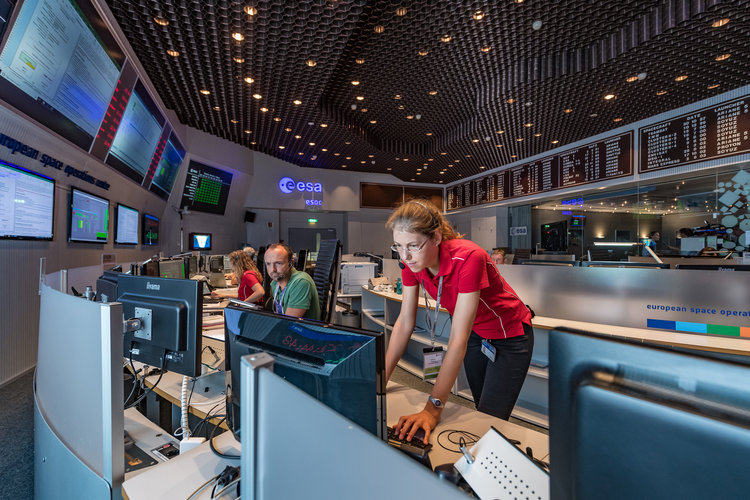
ESA's Kiruna celebrates 30 years of space excellence
 Video:
00:13:37
Video:
00:13:37
September 2020 - ESA's Kiruna ground station in northern Sweden celebrates 30 years of space excellence. Near the top of the world, at a latitude of almost 68° north and sited 38 kilometres east of Kiruna town, the Kiruna ground station has been operational for 30 years. Ideally positioned to support polar-orbiting missions, the station is a crucial gateway for much of the data enabling us to study our planet's oceans, water and atmosphere, forecast weather and understand the rapid advance of climate change. With its two sophisticated antennas, it also supports some of ESA’s scientific missions
Huge satellite shipping container arrives in Cannes
 Image:
Huge satellite shipping container arrives in Cannes
Image:
Huge satellite shipping container arrives in Cannes 
